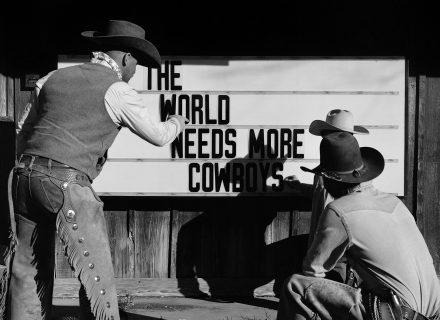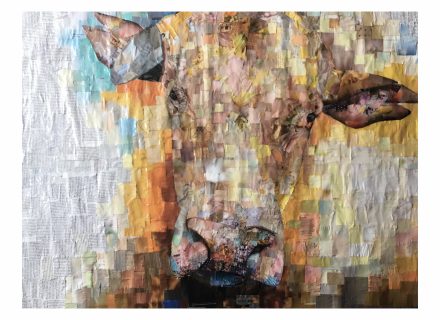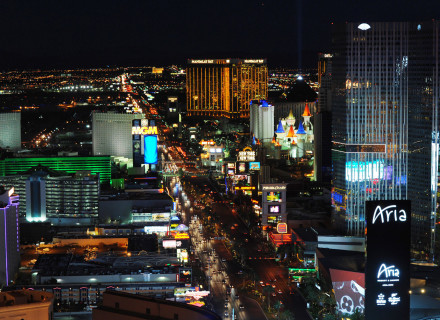Western photographer Steve Wrubel makes a career out of immortalizing rodeo's most iconic moments with his camera.
Just 18 months after Berkeley, California native Steve Wrubel began taking rodeo photos, there he was shooting the best of the best at the National Finals Rodeo. "You're not supposed to be able to do that. You've got to work on your career and your brand as a rodeo photographer for 20 years to be in that arena," Wrubel says. But he came at rodeo like a magnet to iron. One Thursday in 2019, the photographer watched a rodeo documentary. On Friday, he traded in his SUV for a Ford pickup. On Saturday he drove it to his first rodeo in Mesquite, Texas, where he snapped action shots of then-15-year-old bareback bronc rider Rocker Steiner.
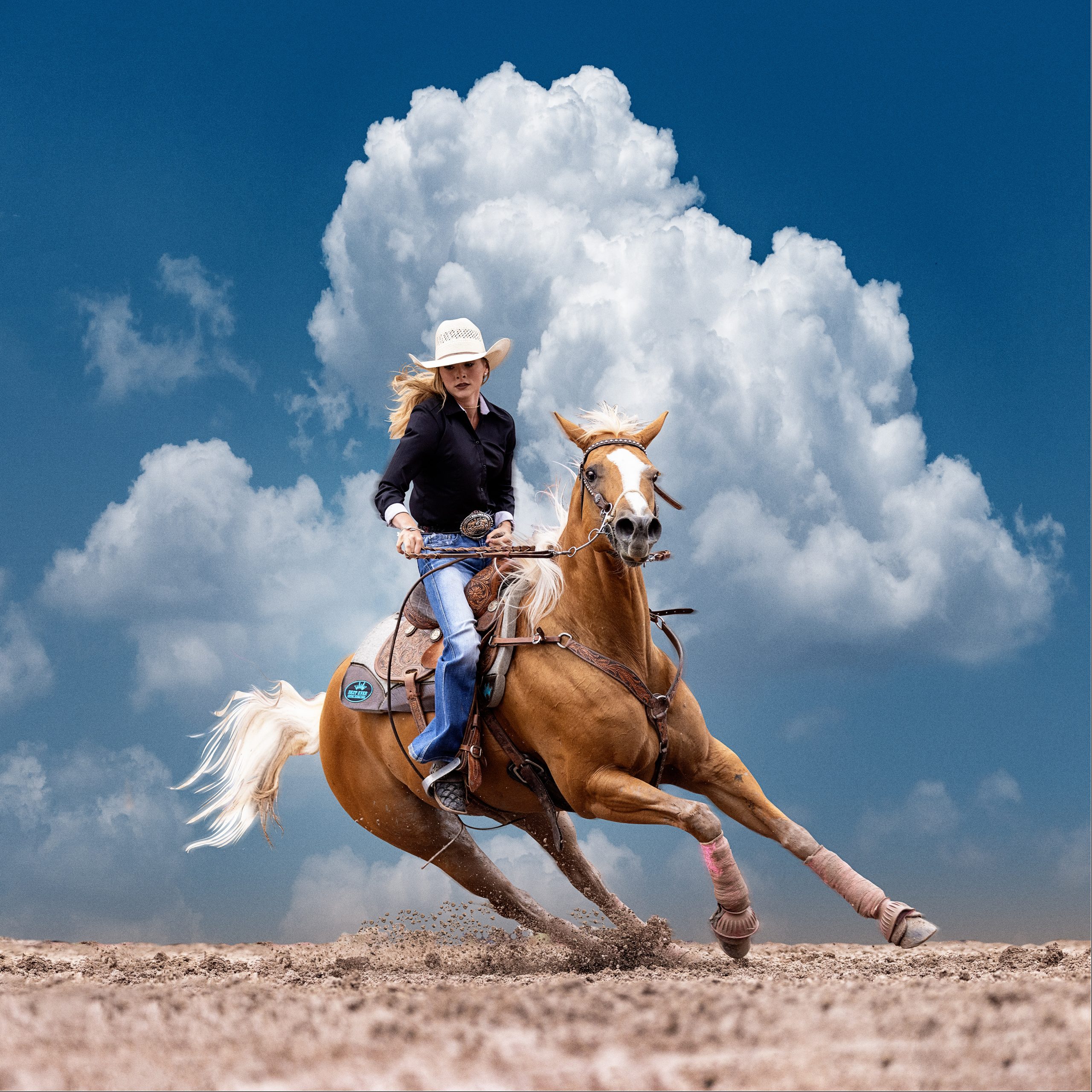 Buckle, 2022, archival pigments on acrylic, 60" x 60".
Buckle, 2022, archival pigments on acrylic, 60" x 60".
"He was doing it as an exhibition, bucking with the big boys. He wasn't able to win any money," Wrubel recalls. The photographer reached out to Steiner on Instagram with some pictures. "He thought they were cool. I started going out to their place to photograph practices."
Getting in with the world-champion Steiners led to their inviting Wrubel to shoot their first invitational Riggin Rally bareback rodeo contest. The newly launched Cowboy Channel was there, too. Afterward, Wrubel saw — on Instagram, again — that the Channel was going to broadcast the event. "I wrote them and said, 'I have all these pictures of the Riggin Rally if you guys want to use them.' That was how I started to be part o fthe scene and the game." Within two months, his fine-art rodeo photos were hanging on the walls of multiple galleries. "I've never worked on a project where I was so completely in, that I felt like my soul was in. When that happens, you may push harder to make connections and put things together."
Wrubel tends to shoot near an arena fence or under a gate, while lying on his stomach or side so he can angle the camera upward as the dirt clods fly. He typically shoots 6,000 images at a single rodeo, mostly concentrating on bronc and bull riding. There's a sense of mystery to the blurred faces of many of the riders, tempting a viewer to project oneself into their place. "For me," Wrubel says, "it's as much about the horse as it is about the rider. I'm drawn to images where there's symbiosis in their shared struggle — where neither horse nor rider is winning. It's more like they're dancing."
When he selects his favorite images, he digitally manipulates the raw files, extracting the subject from its environment and adding in Western landscape backgrounds he's shot elsewhere, like craggy Utah mountains and billowy Texas clouds. By positioning the rodeo shots in Western landscapes, Wrubel proposes the idea of moving outside a comfort zone and returning to the Wild West.
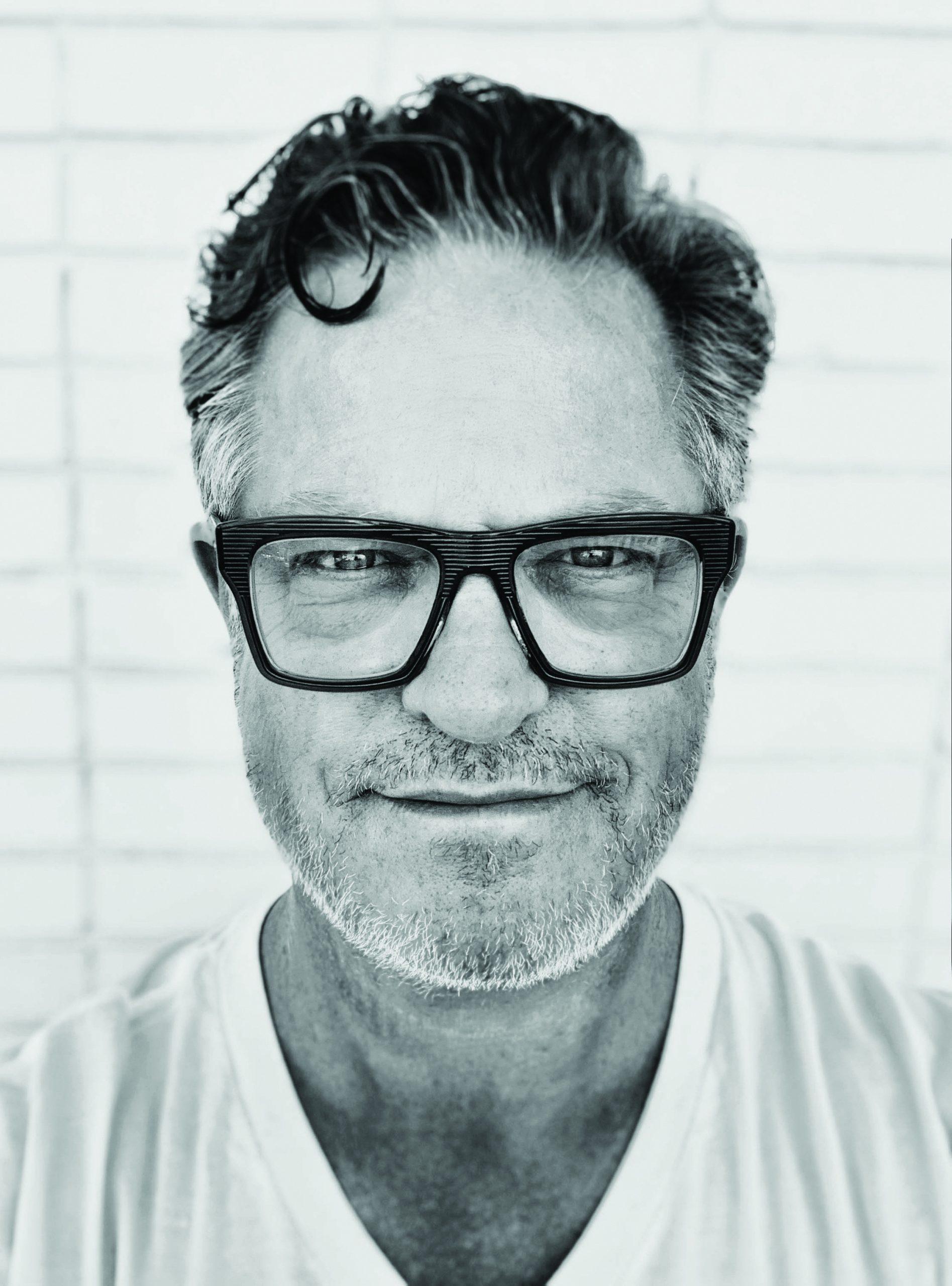 Steve Wrubel
Steve Wrubel
By the time he's done subtly collaging the perspectives of his photo components, he creates limited-edition prints.
Amarillo by Morning, named after the George Strait song, depicts a working-class, everyman cowboy, face blurred, atop a twisting horse. Wrubel saw that cowboy arrive: "I pulled in behind a guy in a beat-up car. He pulled out a saddle and he was limping the stretched his back. I thought, Goddamn, that is that song." The eventual print was Wrubel's first to sell out.
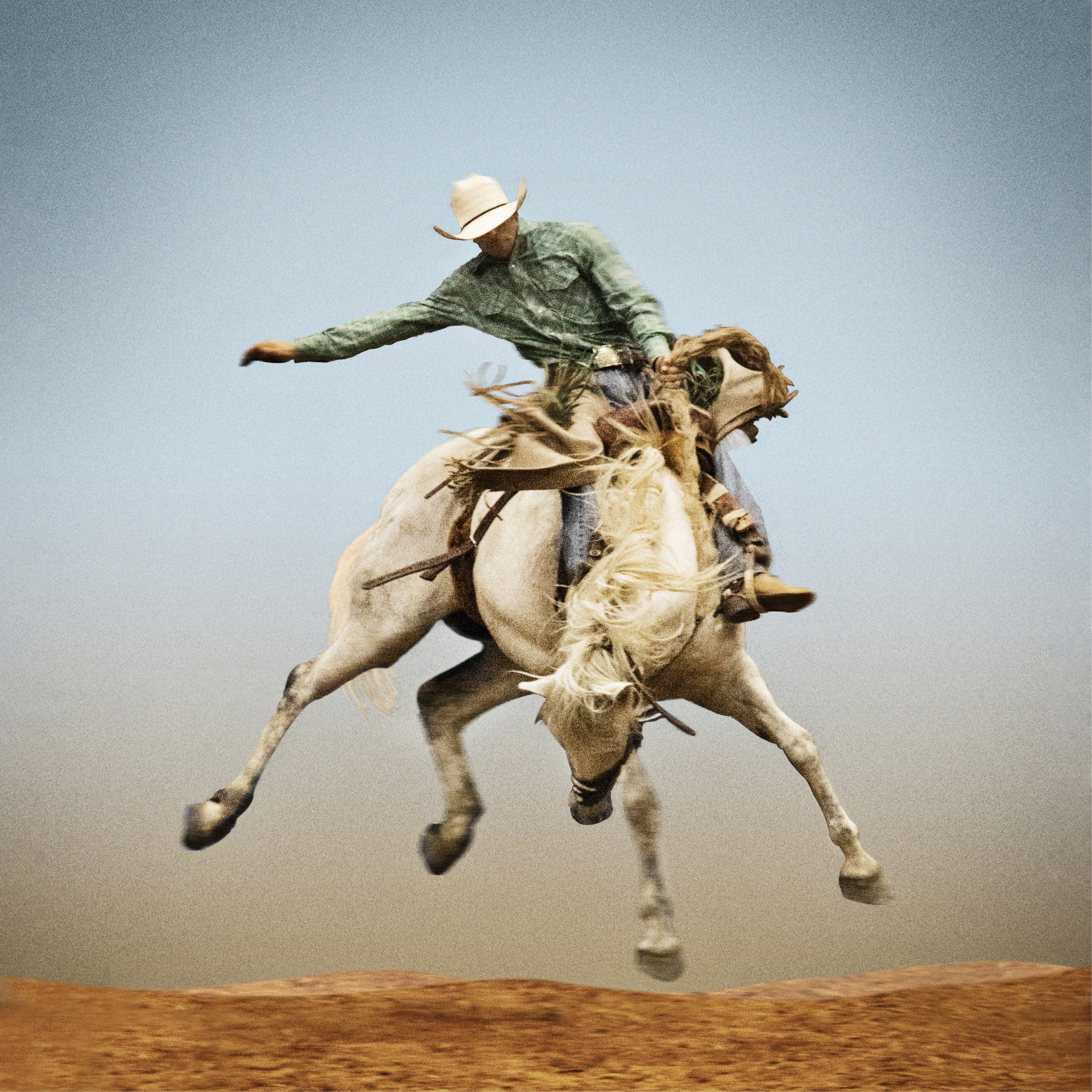 Amarillo by Morning, 2019, archival pigments on acrylic, 48" x 48".
Amarillo by Morning, 2019, archival pigments on acrylic, 48" x 48".
In New Mexico Rain, world champion bareback rider Kaycee Feild hangs on astride a fully extended seemingly flying horse, with sheets of gray New Mexico rain behind them. "There's something perfect about the image," Wrubel says. "The way the horse is, it's almost like it's dressage, where the horses have their hair braided, and they're prancing around, jumping over jumps."
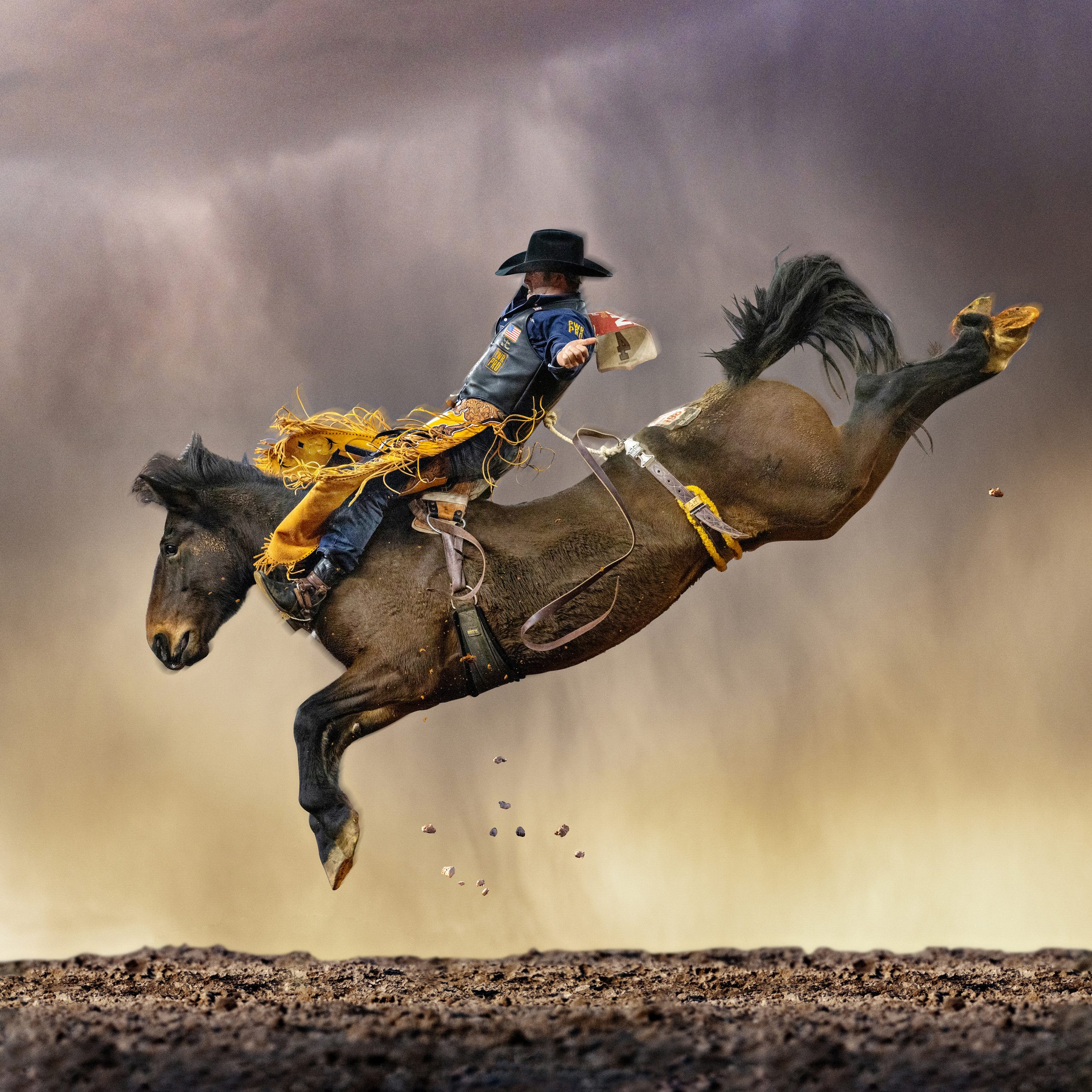 New Mexico Rain, 2022, framed archival print of paper, 42" x 42".
New Mexico Rain, 2022, framed archival print of paper, 42" x 42".
Thunderstorm clouds explode behind bareback rider Tilden Hooper in Hoop, which sold out faster than any other image. "What gets me about that image is that explosion of clouds in the background, his hair, and that straight line that goes from his hair down his back, in the middle of this chaos."
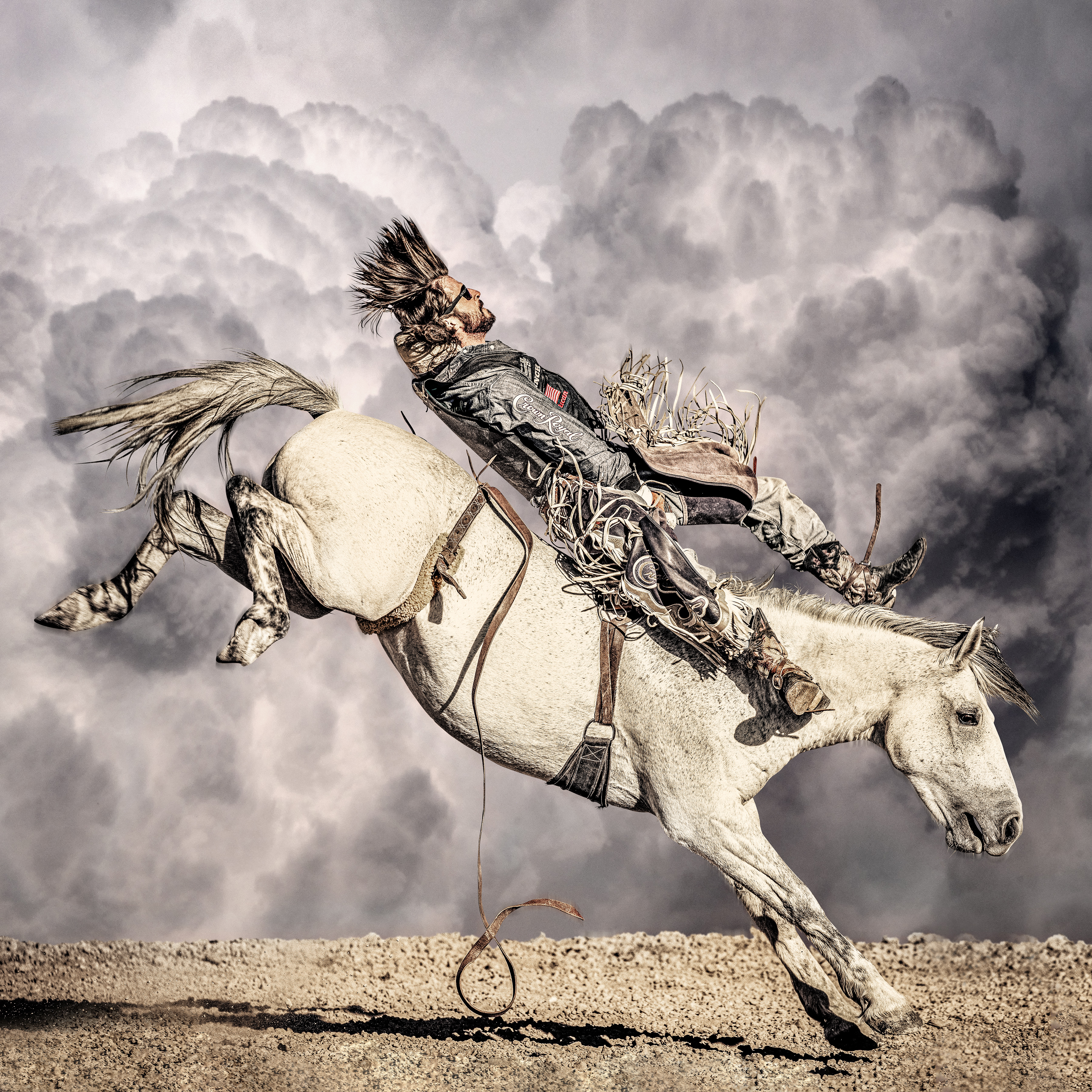 Hoop, 2021, archival pigments on acrylic, 60" x 60".
Hoop, 2021, archival pigments on acrylic, 60" x 60".
Lucero Sky, an extreme photo showing a bull doing a handstand as Adam Lucero rides him, is a once-in-a-lifetime shot. "I was in the front row," Wrubel remembers. "The bull did that handstand maybe eight feet in front of me." The bull's expression was calm as day — or, as Wrubel puts it, "It's almost like the bull's reading the Sunday paper."
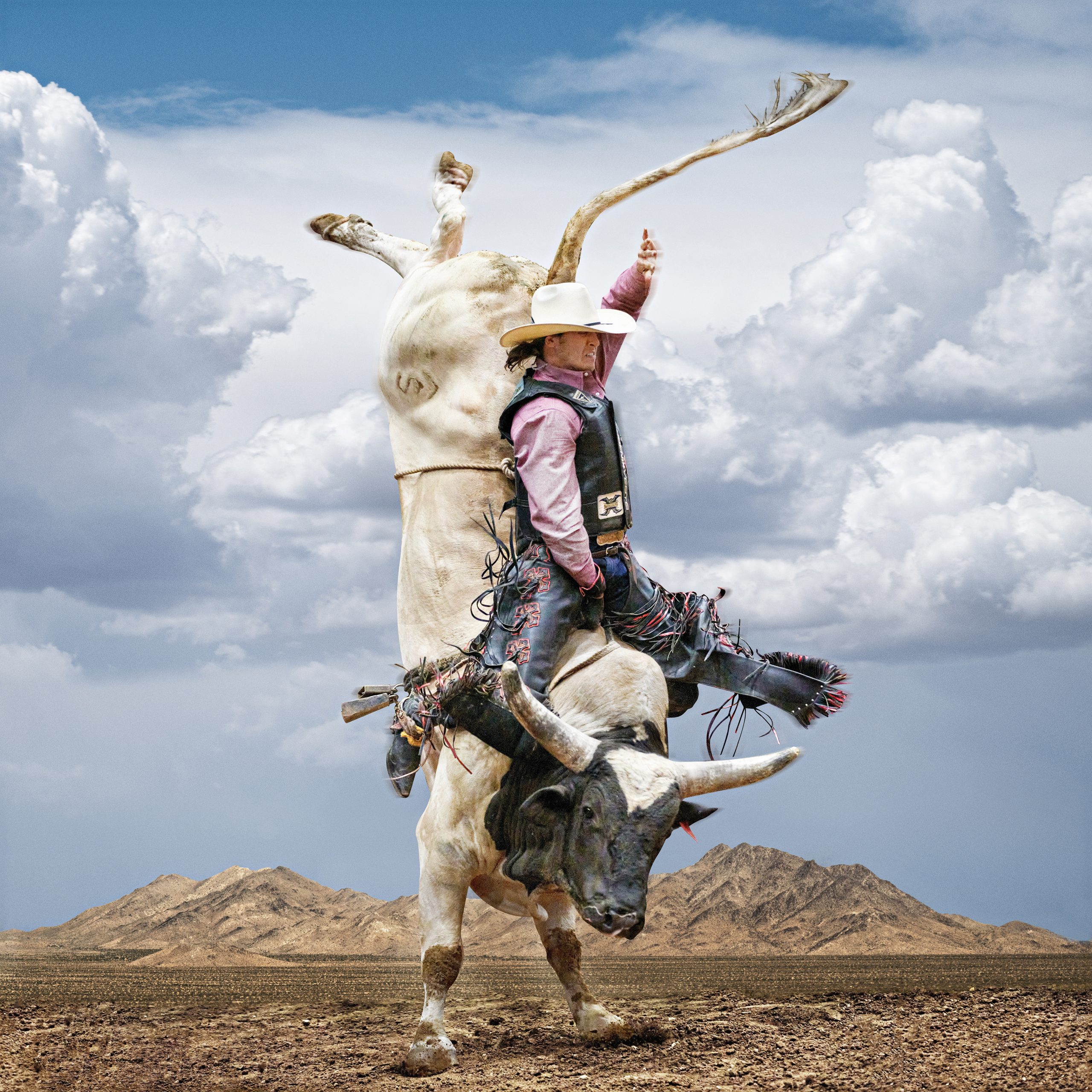 Lucero Sky, 2022, archival pigments on acrylic, 48" x 48".
Lucero Sky, 2022, archival pigments on acrylic, 48" x 48".
A female barrel racer on a gravity-defying titled horse under an azure sky comprises the idyllic Buckle. "Those two are working 100 percent in unison," he says. "That horse wants so badly to do a good job with that rider. And that rider wants to work with the horse to get the job done. When they both do, they're proud together."
In Steely, barrel racer Steely Steiner clenches an American flag for the flag lap. "We've taken a moment out of our day to be appreciative of this experiment that is America," Wrubel says.
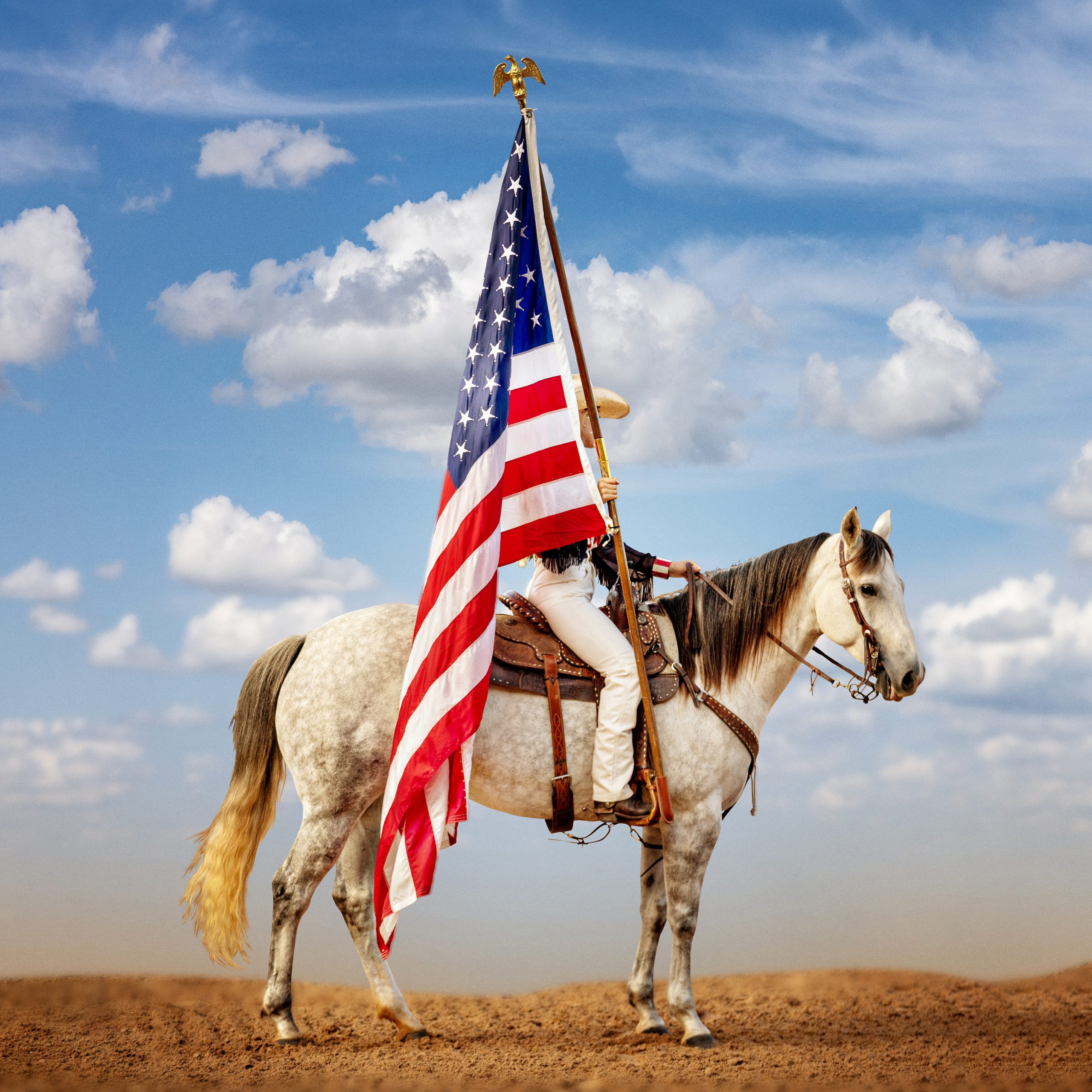 Steely, 2022, framed archival print on paper, 42" x 42".
Steely, 2022, framed archival print on paper, 42" x 42".
Zeke shows three-time world champion saddle bronc rider Zeke Thurston atop a seemingly weightless horse. "It's this moment when time is stopped at the apex. They're paused, not going up or down," Wrubel notes.
The images might strike viewers as contemporary hyperrealism, but Wrubel's presenting something beyond the visual. "There's something deeper and more cerebral about struggle and the frontier and American mythology," he says. "It's this extreme expression of power and balance and struggle."
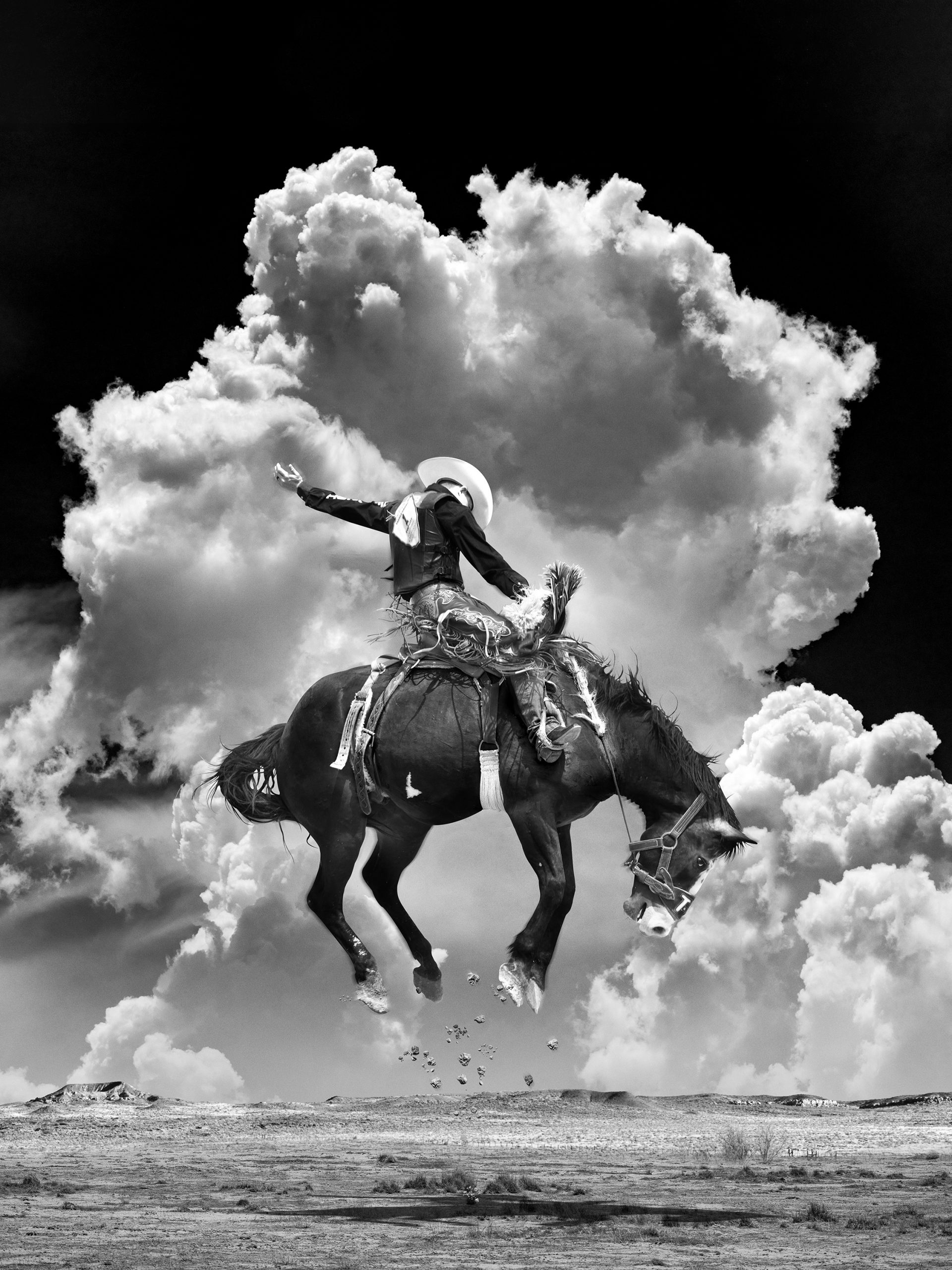 Zeke, 2022, archival pigments on acrylic, 80" x 40".
Zeke, 2022, archival pigments on acrylic, 80" x 40".
Steve Wrubel's rodeo images are on view at Christopher Martin Gallery in Dallas and Houston in Texas, and Aspen and Vail in Colorado; Jennifer Balcos Gallery in Atlanta; and Gilman Contemporary in Ketchem, Idaho.
This article appeared in our May/June 2023 issue, available on newsstands now and through our C&I Shop.














